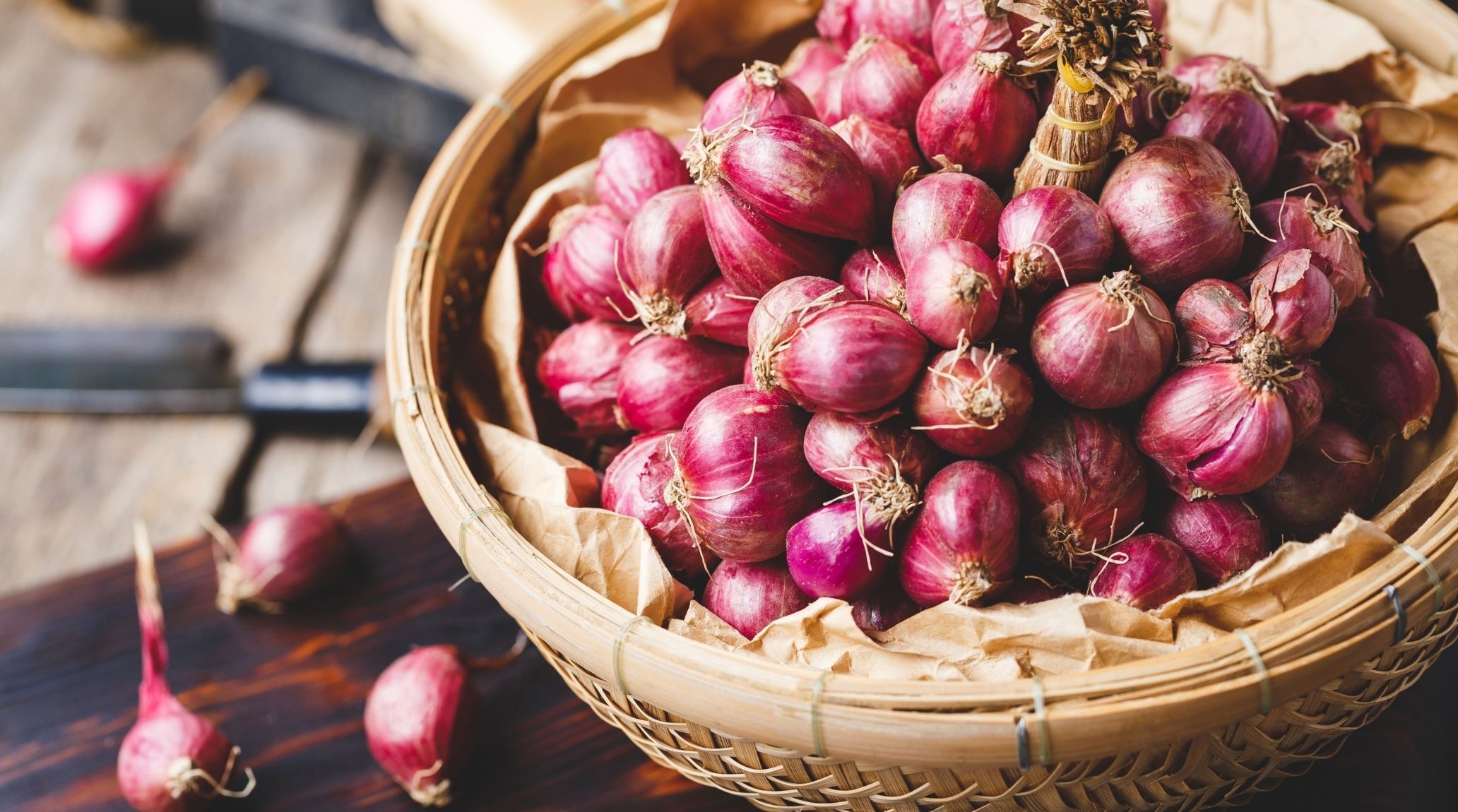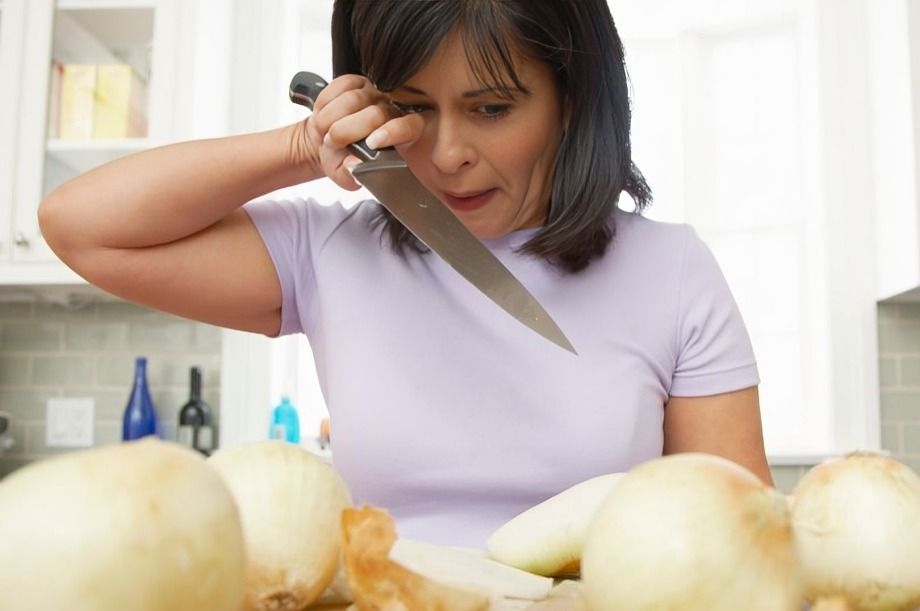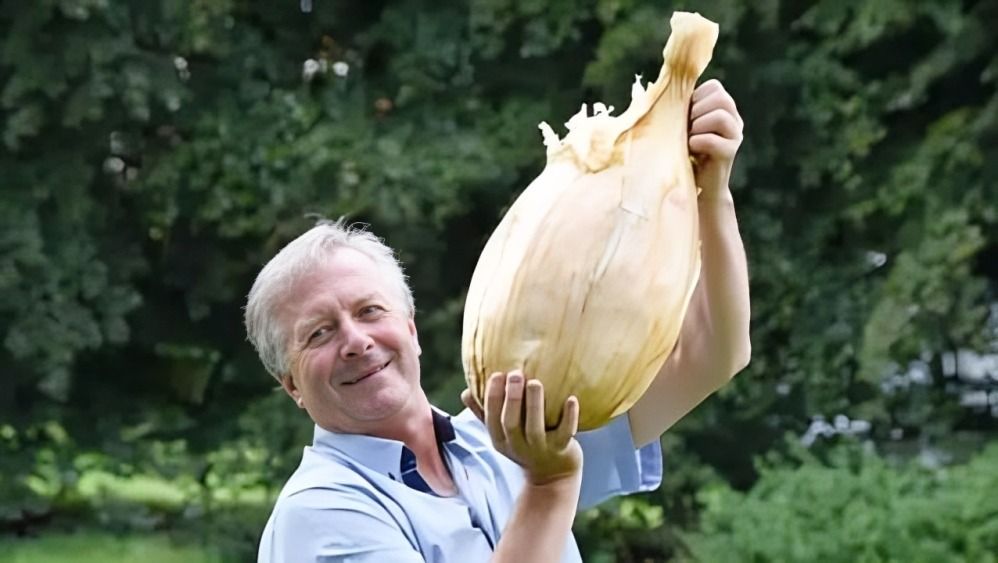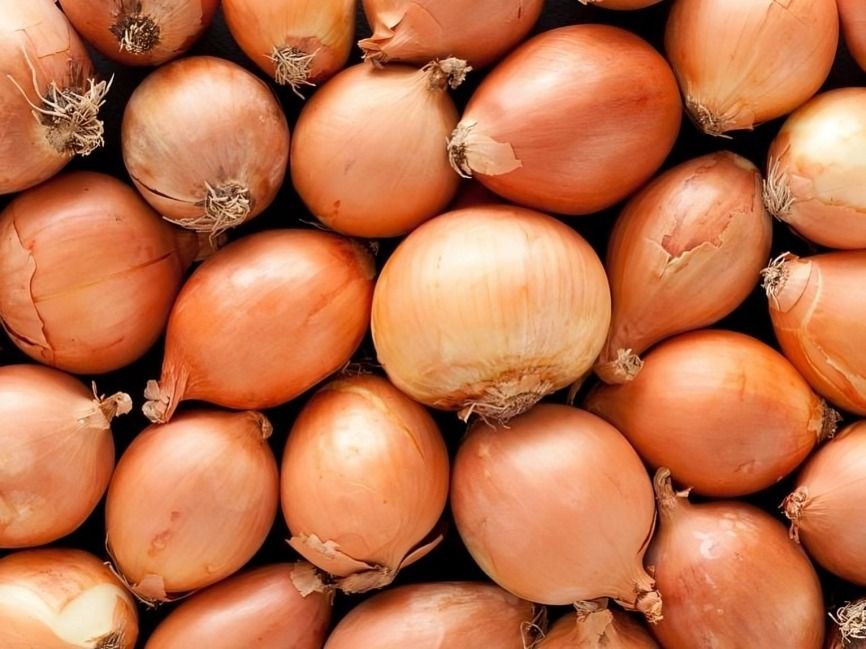
“
Onions are a staple in kitchens around the world, but their unique qualities extend far beyond their culinary uses. In this blog post, we'll explore 20 fascinating facts about onions that reveal their rich history, surprising health benefits, and intriguing characteristics. From their ancient origins to their role in modern cuisine, these facts will not only enhance your appreciation for onions but also offer new insights into this everyday vegetable. Get ready to discover why onions are more than just a kitchen essential—they’re a remarkable part of our culinary and cultural heritage.1
1
”

Onions contain compounds that make you cry when cutting them. The distinctive aromatic compounds in onions, specifically sulfur compounds, are released when the onion’s cells are damaged, causing irritation to your eyes and leading to tears.
Onions have been cultivated for over 7,000 years, making them one of the oldest vegetables in history. Their long-standing presence highlights their importance in various cuisines and cultures throughout time.1
Onions have been grown in space. Onions have been part of space experiments, demonstrating their ability to grow in outer space environments. This research helps scientists understand how plants can grow in microgravity conditions.2
Packed with antioxidants and sulfur compounds, offering health benefits. Onions are rich in antioxidants and sulfur compounds, which contribute to numerous health benefits. 3

The heaviest onion, weighing 8.97 kg (19 lb 12.4 oz), was grown by Gareth Griffin from the UK. This record was officially verified by the National Vegetable Society at the Harrogate Autumn Flower Show in Harrogate.
Onion layers represent its age, with older onions having more layers. The number of layers in an onion can indicate its age. Older onions typically have more layers, which develop as the onion grows and matures, affecting its texture and flavour.4
Onions are harmful to dogs and should never be given to them. They can damage a dog’s red blood cells, leading to anaemia, which can be fatal. Symptoms of anaemia in dogs include weakness, vomiting, and loss of appetite.5
Besides bulb onions, there are other varieties like green onions, shallots, and ramps. Each type offers unique flavors and is used in diverse culinary dishes around the world, adding depth and variety to cooking.6
Ancient Egyptians revered onions, seeing their spherical shape and concentric rings as symbols of eternity. Onions were commonly placed in pharaohs' burial tombs, believed to bring prosperity and blessings.7
Store onions in a cool, dry place, separate from potatoes, to prevent sprouting and spoilage. Keeping them apart reduces the impact of moisture and ethylene gas, extending their shelf life.8

The fastest time to eat a raw onion is 29.56 seconds, set by Yusuke Yamaguchi (Japan) at Commode 56 Shopping Street in Sumoto, Hyogo, Japan, on December 31, 2013. This event was part of a New Year's Eve countdown party.
It may help reduce the risk of heart disease. Regular consumption of onions may contribute to heart health by reducing blood pressure, lowering cholesterol levels, and preventing heart disease. 9
Some research suggests potential cancer-fighting properties. Preliminary research suggests that onions may have cancer-fighting properties due to their antioxidants and sulfur compounds. 10
The fastest time to peel 50 pounds (22.68 kg) of onions is 2 minutes 39 seconds, achieved by Bob Blumer (Canada) at the Walla Walla Sweet Onion Festival in Washington, USA, on July 18, 2010.11

Yellow onions account for over 75% of global onion production. Their widespread use is due to their versatile flavour and suitability for a variety of dishes, making them a staple ingredient in kitchens around the world.
A single serving of onion contains approximately 45 calories. This makes onions a low-calorie, flavorful addition to various dishes, allowing you to enjoy their taste while keeping your calorie intake in check.12
Some believe that eating onions before bed may improve sleep due to their potential calming effects, though scientific evidence for this claim is limited. The idea persists, but more research is needed to confirm its validity.13
It's a myth that cut onions stored in the fridge become toxic overnight. McGill University's Office of Science & Society confirms that onions aren't particularly prone to bacterial contamination, debunking the idea that they become poisonous.14
Onion juice is sometimes used for hair growth and dandruff treatment. Onion juice is sometimes applied topically to promote hair growth and treat dandruff. Its sulfur content is believed to enhance hair health and reduce scalp issues.15
Slicing onions often makes us cry because it releases sulfuric acid. To avoid this, try cutting onions under running water or submerged in a basin to minimize the tearful reaction.16


